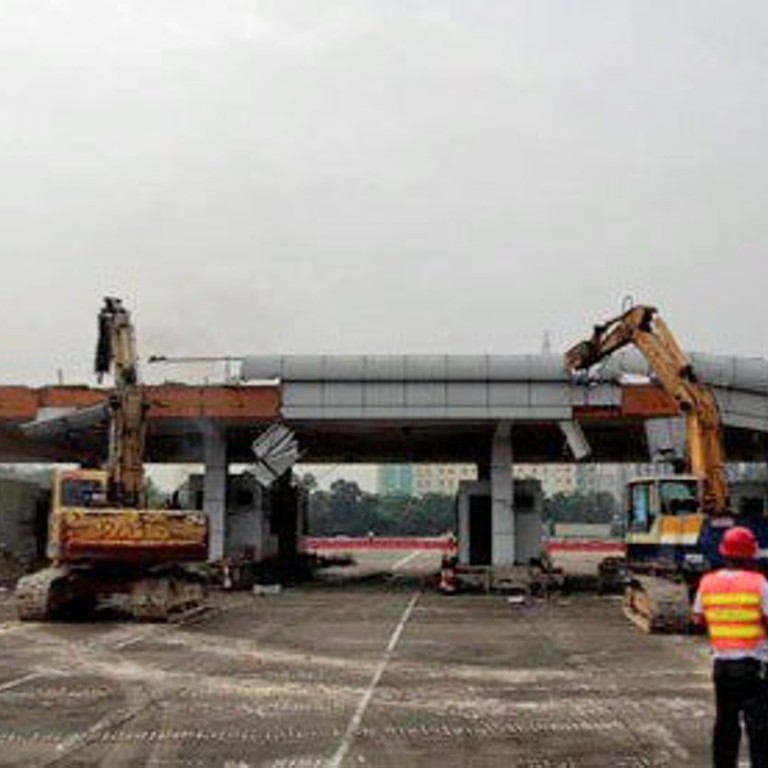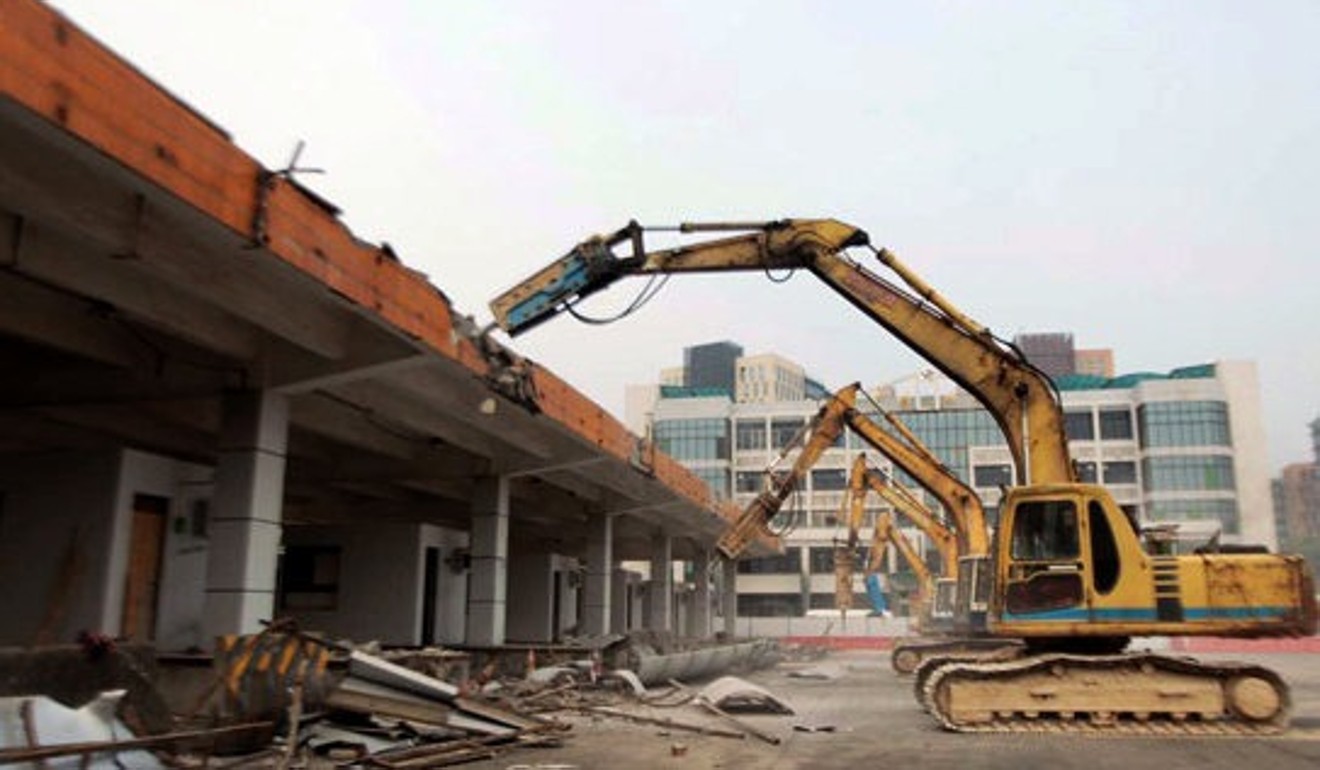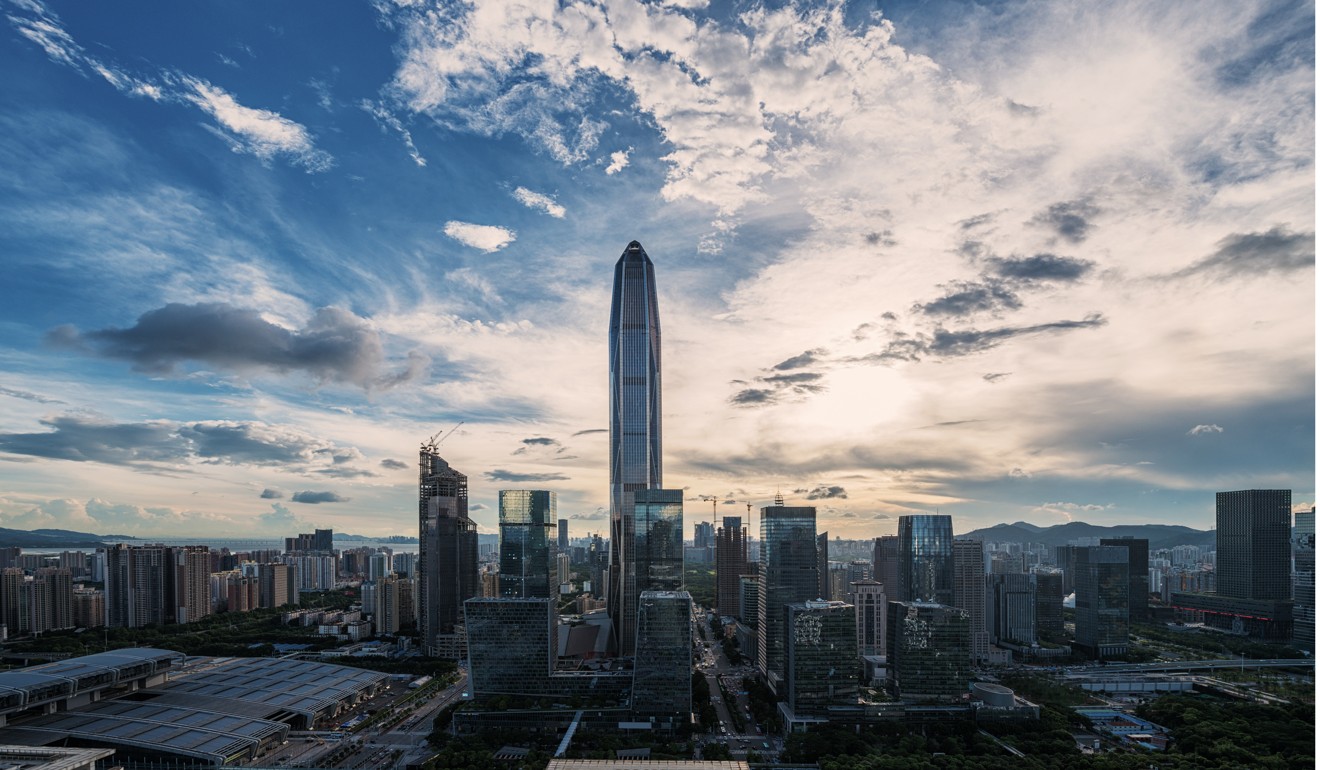
Bring down that wall: China officially scraps border around Shenzhen’s old special economic zone
Nearly four decades after the barrier went up and two years after it was torn down, Beijing consigns checkpoints and fence to history to foster city integration
Beijing has officially scrapped a near four-decade border meant to control the flow of people and goods from the rest of China to the original Shenzhen Special Economic Zone.
A directive from the State Council dated January 6 but only published on Monday approved the Guangdong government’s request to abolish the physical border around the city’s core to promote integration with wider Shenzhen.
The decision is symbolic but also reflects the gains the overall city – and not just the zone’s original core – on Hong Kong’s border has made in the four decades of China’s reform and opening up.
The role of the internal border has gradually faded as development has spread across the “Greater Bay Area”.
Work to pull down the fence and the border checkpoints along the demarcation line has been under way for years.
Peng Peng, vice-president of the Guangdong-based South Nongovernmental Think tank, said the State Council’s decision was “basically legal recognition of the border’s lost significance”.
After the reform and opening up in 1978, Beijing decided to create a 327 square kilometre (126 square mile) special economic zone, using tax breaks to encourage foreigners to set up factories and export goods to the rest of the world.
The authorities carved out the zone with an iron fence running 136km, or 84.6 miles, around the city’s core. The barrier was a “second checkpoint” in addition to the one separating Hong Kong and Guangdong. Residents outside the special economic zone had to apply for an entry permit to get into the zone.

But as the gap in economic development between Hong Kong and the mainland narrowed, artificial barriers to stop migration and urbanisation became a disadvantage. In 2010, the central government expanded the special economic zone to the whole of Shenzhen, and metro lines spread out across the city. But the border structures were not torn down completely until late 2016.
There has been a sea change in development between the mainland and Hong Kong over the past four decades. Shenzhen, once a fishing town, became the biggest economy in Guangdong in 2016, fuelled by investment in hi-tech industries. By the end of this year, Shenzhen and Guangzhou, the capital of Guangdong, could become the biggest economies in the Greater Bay Area and force Hong Kong into third place in the region.

Professor Priscilla Lau Pui-king, a Hong Kong deputy to the National People’s Congress, said the abolition of the border was a challenge to Hong Kong.
“Hong Kong will have to drop its big brother attitude and catch up or else it will soon lose to Shenzhen,” Lau said.
Stanley Ng Chau-pei, also an NPC deputy, agreed.
“Hong Kong has missed a lot of opportunities to work with Shenzhen since the handover. With Shenzhen becoming a regional metropolis, we should not delay to look into more economic cooperation so that we can remain relevant in the development of the Greater Bay Area,” he said.
Even though the zone’s checkpoints have come down, the State Council still cautioned the authorities to maintain border stability between Hong Kong and Shenzhen, and asked the authorities to strengthen regulation and improve infrastructure.
Additional reporting by Ng Kang-chung

